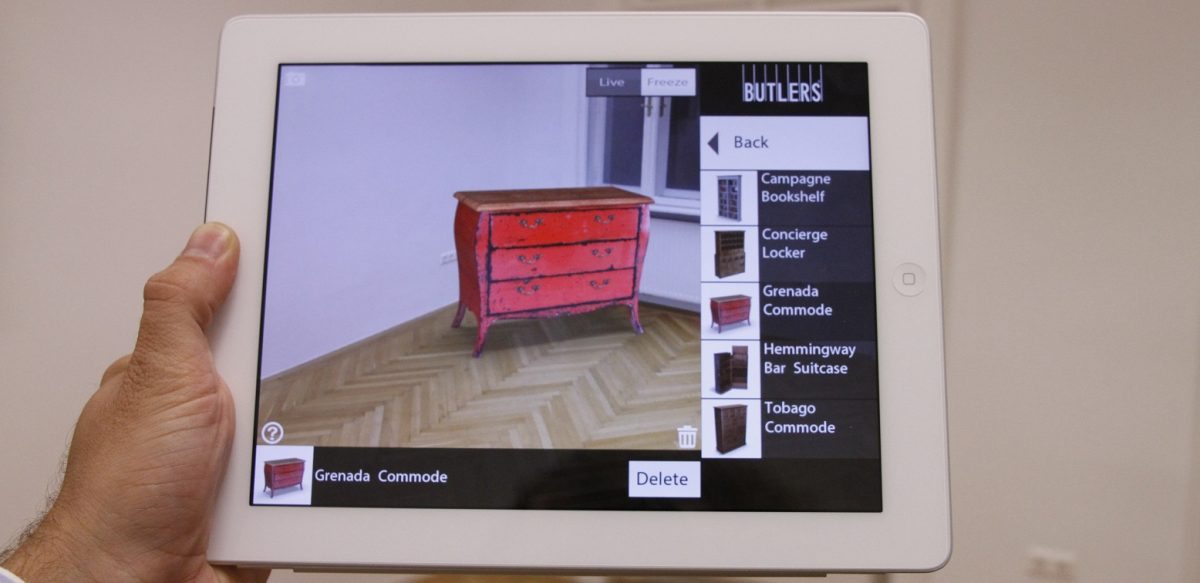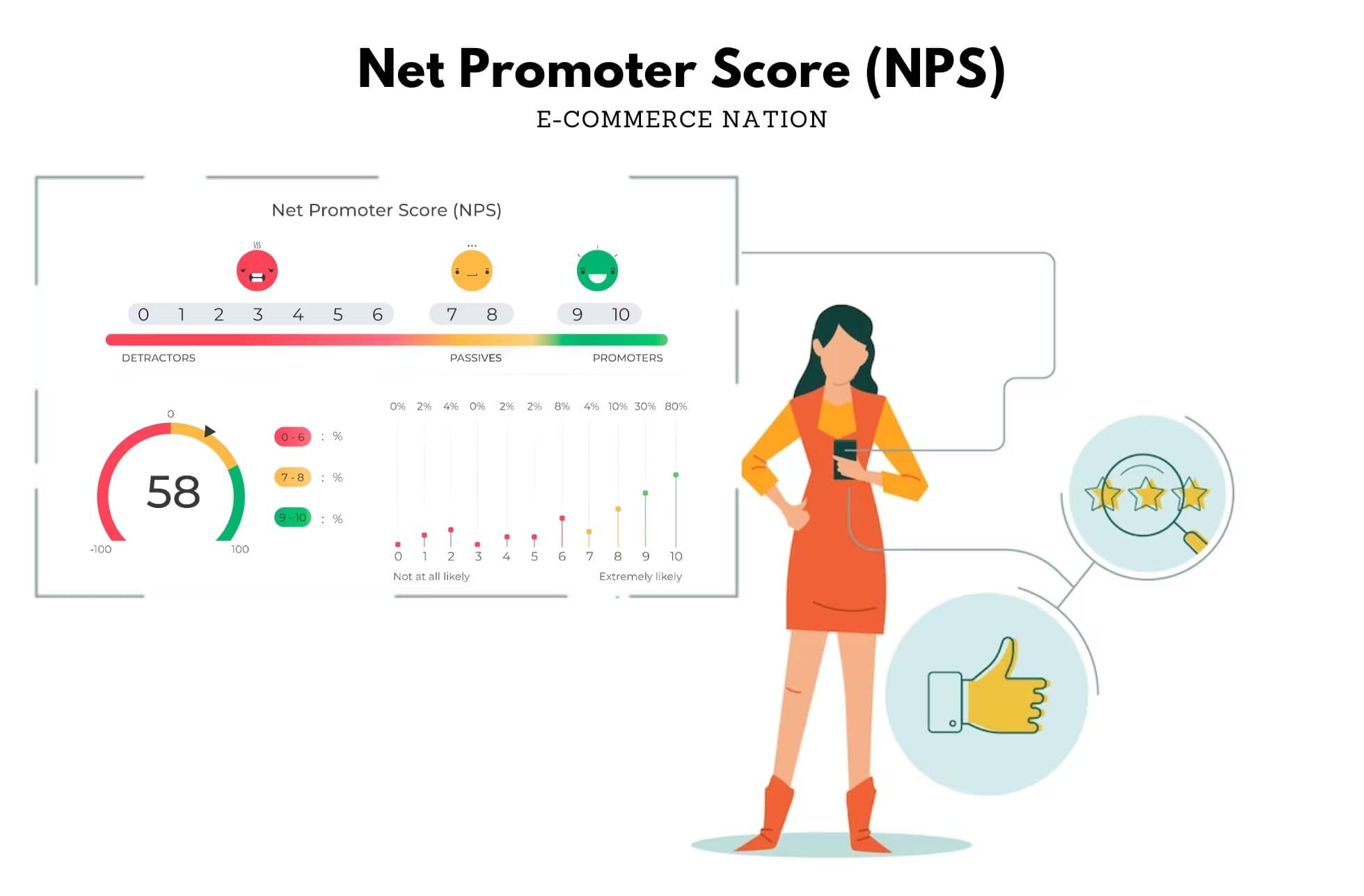Imagine a world without boundaries between reality and the virtual. Due to the technology, this world is approachable just by wearing special glasses or downloading an app. If virtual reality devices become natural and intuitive, nothing will stand in a way of building e-commerce interfaces and and virtual sales will have a new, yet unexplored level.
When searching for new technologies and new retail platforms, two words emerge – Virtual Reality and Augmented Reality. What are they and what’s the difference between them? The first – Virtual Reality – is a technology that creates digital environment, that replaces reality by headsets or glasses. The second term – Augmented Reality – refers to additional digital layer, that is applied to reality. It works like Pokemon Go – by using your mobile device, you can apply an expanded version to the reality that you see – animated figures & objects that appear in the surroundings.
This technology can be used in online retail simply by building a virtual store, in which users walk around, pick up objects and see them in 3d versions. By wearing a headset, clients could have a virtual experience of the store, with alleys, counters or product’s description, even share the view and their picks on social media.
Augmented Reality has a more broader usage for furniture stores & fashion, Customers have a chance of checking out how the product “looks like” on them, in their house or car. With an mobile app users can test the product before buying and see how it looks when implemented. It’s more like photoshopping products onto natural environment – either in your house or on yourself.
Augmented Reality is developed by companies like IKEA with their scannable catalog. By having just an app and mobile device, the largest furniture store came up with graphical AR feature, that adds chosen products on to house-like environment: your room, kitchen, bedroom.
Are clients willing to play around with VR and AR when it comes to ecommerce? When asked, more than ⅓ of customers declare, that they would buy more products if they could try them virtually. Over 63% of respondents say, that they would increase their positive shopping experience if they could use VR and AR for browsing.
Still, developing any virtual or augmented reality apps is expensive and might be just a flame before retailers come up with something much more exciting. All product would have to have their digital version build in 3D models, and apps would need to be well promoted to gain popularity. This seems to be fun for the richest, and we won’t see changes in the expenses no time soon. From the users perspective, VR gear, mobile and tablets would be required – expensive?
With Google cardboard glasses or Samsung headsets, that match more mobile devices, costs are reduced, and using AR on mobile devices would be a matter of downloading an app. But the main question remains – who will make a profit out of it? In my opinion, V-Commerce is the best field for travel agencies, fashion stores, furniture retailers or cosmetic industry. Books, music and grocery companies will probably miss out the trend.
A huge advantage of AR and VR lies not only in great user experience but also in bypassing a chance to compare the prices. Regular internet users would possibly double check for promotions or lower prices in other stores – making a V-Commerce purchase bring clients closer to POS. Fast developing market of applications and sets for VR and AR will definitely revolutionize our tech world, but outrunning classical e-commerce is still a thing of the future.





